Bitter melon container gardening might sound intimidating, but trust me, it’s a rewarding and surprisingly simple way to grow this unique and nutritious vegetable, even if you’re short on space! Have you ever dreamed of harvesting your own vibrant, bumpy bitter melons right from your balcony or patio? Well, this DIY guide will turn that dream into a delicious reality.
Bitter melon, also known as bitter gourd or karela, has a rich history deeply rooted in Asian and African cultures. For centuries, it’s been prized not only for its distinctive bitter flavor but also for its impressive health benefits. From traditional medicine to culinary delights, this vegetable holds a special place in many communities. I’ve always been fascinated by its versatility and the stories surrounding it.
But why should you try bitter melon container gardening? Well, for starters, it’s a fantastic way to enjoy fresh, organic produce without needing a sprawling garden. Plus, growing your own bitter melon allows you to control the growing conditions and avoid harmful pesticides. More importantly, with rising food costs and concerns about food security, knowing how to cultivate your own food, even in a small space, is becoming increasingly valuable. This DIY guide will provide you with easy-to-follow steps and helpful tips to ensure your bitter melon thrives in its container, providing you with a bountiful harvest. Let’s get started!
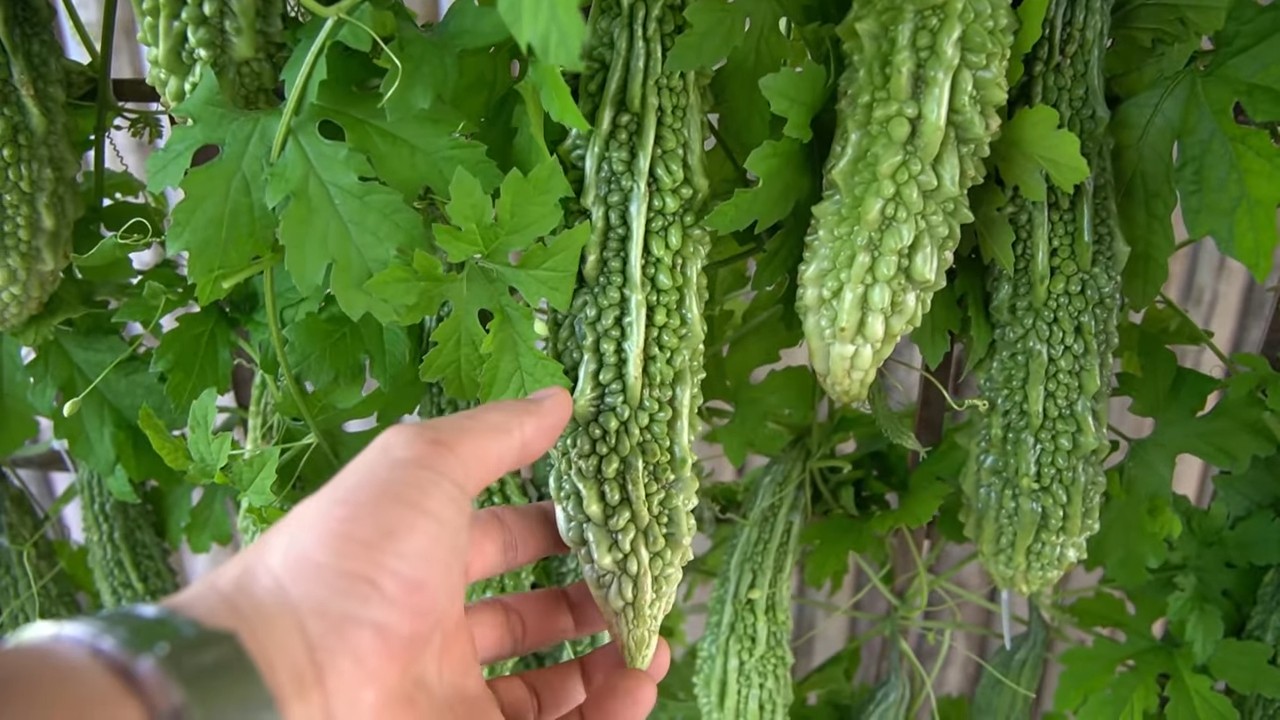
Growing Bitter Melon in Containers: A Comprehensive DIY Guide
Hey there, fellow gardening enthusiasts! I’m so excited to share my experience with growing bitter melon (also known as bitter gourd or karela) in containers. It’s a rewarding experience, and even if you don’t have a sprawling garden, you can still enjoy fresh, homegrown bitter melon. This guide will walk you through every step, from choosing the right container to harvesting your bounty. Let’s get started!
Choosing the Right Container and Soil
First things first, we need to set the stage for our bitter melon to thrive. The right container and soil are crucial for success.
* Container Size: Bitter melon vines are vigorous growers, so you’ll need a container that’s at least 12 inches in diameter and 12 inches deep. A 15-gallon container is even better, giving the roots plenty of room to spread out. I’ve found that fabric pots work exceptionally well because they allow for good drainage and aeration.
* Drainage: Excellent drainage is non-negotiable. Bitter melon hates soggy roots. Make sure your container has drainage holes at the bottom. If not, drill some!
* Soil Mix: Forget garden soil; it’s too heavy and compacts easily. Instead, opt for a well-draining potting mix. I like to create my own mix using equal parts:
* Compost: Provides nutrients and improves soil structure.
* Coco coir or peat moss: Retains moisture without becoming waterlogged.
* Perlite or vermiculite: Improves drainage and aeration.
Planting Your Bitter Melon Seeds
Now for the fun part: planting! You can either start your seeds indoors or directly sow them into your container, depending on your climate and the length of your growing season.
* Starting Seeds Indoors (Recommended for cooler climates):
1. Soak the Seeds: Before planting, soak the bitter melon seeds in warm water for 24 hours. This helps soften the hard seed coat and encourages germination.
2. Prepare Seed Trays or Small Pots: Fill small seed trays or individual pots with your well-draining potting mix.
3. Plant the Seeds: Plant the seeds about 1/2 inch deep. I usually plant two seeds per pot to increase the chances of germination.
4. Water Gently: Water the soil gently to moisten it, but avoid overwatering.
5. Provide Warmth: Bitter melon seeds need warmth to germinate. Aim for a soil temperature of 75-85°F (24-29°C). You can use a heat mat to help maintain the temperature.
6. Wait for Germination: Germination usually takes 7-14 days. Keep the soil consistently moist but not soggy.
7. Transplant Seedlings: Once the seedlings have developed a few true leaves (the second set of leaves), they’re ready to be transplanted into your container. Choose the strongest seedling from each pot.
* Direct Sowing (Suitable for warmer climates):
1. Soak the Seeds: As with starting seeds indoors, soak the seeds in warm water for 24 hours.
2. Prepare the Container: Fill your container with the well-draining potting mix.
3. Plant the Seeds: Plant 2-3 seeds about 1/2 inch deep in the center of the container.
4. Water Gently: Water the soil gently to moisten it.
5. Thin Seedlings: Once the seedlings emerge, thin them to one strong seedling per container.
Providing Support for Your Growing Vine
Bitter melon is a vine, so it needs something to climb on. Providing adequate support is essential for healthy growth and fruit production.
* Choose a Support Structure: There are several options for supporting your bitter melon vine:
* Trellis: A sturdy trellis is a great option. You can buy a pre-made trellis or build your own using wood or bamboo.
* Arbor: If you want to create a dramatic effect, consider using an arbor.
* Fence: If you have a fence nearby, you can train the vine to climb along it.
* Tomato Cage: While not ideal for the entire season, a large, sturdy tomato cage can provide initial support.
* Install the Support Structure: Place the support structure in the container before or shortly after transplanting the seedling. Make sure it’s securely anchored.
* Train the Vine: As the vine grows, gently guide it to climb the support structure. You can use plant ties or twine to secure it in place.
Watering and Fertilizing
Proper watering and fertilization are crucial for healthy growth and abundant fruit production.
* Watering:
* Water Regularly: Bitter melon needs consistent moisture, especially during hot weather. Water deeply whenever the top inch of soil feels dry to the touch.
* Avoid Overwatering: Overwatering can lead to root rot. Make sure the container has good drainage.
* Water in the Morning: Water in the morning to allow the foliage to dry before nightfall, which helps prevent fungal diseases.
* Fertilizing:
* Start with a Balanced Fertilizer: When you transplant the seedling, apply a balanced fertilizer (e.g., 10-10-10) according to the package directions.
* Switch to a High-Phosphorus Fertilizer: Once the plant starts flowering, switch to a fertilizer that’s higher in phosphorus (the middle number) to encourage fruit production. Bone meal is a great organic option.
* Fertilize Regularly: Fertilize every 2-3 weeks throughout the growing season.
* Consider Foliar Feeding: You can also supplement with foliar feeding (spraying diluted fertilizer directly onto the leaves) every few weeks.
Sunlight and Temperature
Bitter melon thrives in warm, sunny conditions.
* Sunlight: Bitter melon needs at least 6-8 hours of direct sunlight per day. Choose a location that receives plenty of sun.
* Temperature: The ideal temperature range for bitter melon is 75-85°F (24-29°C). It’s sensitive to frost, so protect it from cold temperatures. If you live in an area with cool nights, you can use row covers or bring the container indoors.
Pest and Disease Control
Like any plant, bitter melon can be susceptible to pests and diseases. Here’s how to keep your plant healthy:
* Common Pests:
* Aphids: These tiny insects suck sap from the leaves. You can control them with a strong spray of water, insecticidal soap, or neem oil.
* Spider Mites: These tiny pests create webs on the leaves. Treat them with insecticidal soap or neem oil.
* Cucumber Beetles: These beetles can damage the leaves and spread diseases. Handpick them off the plant or use row covers to prevent them from reaching the plant.
* Common Diseases:
* Powdery Mildew: This fungal disease appears as a white, powdery coating on the leaves. Improve air circulation, avoid overhead watering, and treat with a fungicide if necessary.
* Downy Mildew: This fungal disease causes yellow spots on the upper surface of the leaves and a grayish-purple fuzz on the underside. Improve air circulation, avoid overhead watering, and treat with a fungicide if necessary.
* Prevention is Key:
* Inspect Plants Regularly: Check your plants regularly for signs of pests or diseases.
* Maintain Good Air Circulation: Prune the plant to improve air circulation.
* Water Properly: Avoid overhead watering to prevent fungal diseases.
* Use Organic Pest Control Methods: Opt for organic pest control methods whenever possible.
Pollination
Bitter melon is a monoecious plant, meaning it has separate male and female flowers on the same plant. While bees and other pollinators can help with pollination, you may need to hand-pollinate the flowers to ensure fruit production, especially if you’re growing the plant indoors or in an area with limited pollinators.
* Identify Male and Female Flowers: Male flowers have a long, slender stem, while female flowers have a small, immature fruit behind the flower.
* Hand-Pollinate:
1. Collect Pollen: Use a small paintbrush or cotton swab to collect pollen from the male flower.
2. Transfer Pollen: Gently transfer the pollen to the stigma (the sticky part) of the female flower.
3. Repeat: Repeat the process for all the female flowers that are open.
* Best Time to Pollinate: The best time to hand-pollinate is in the morning, when the flowers are fully
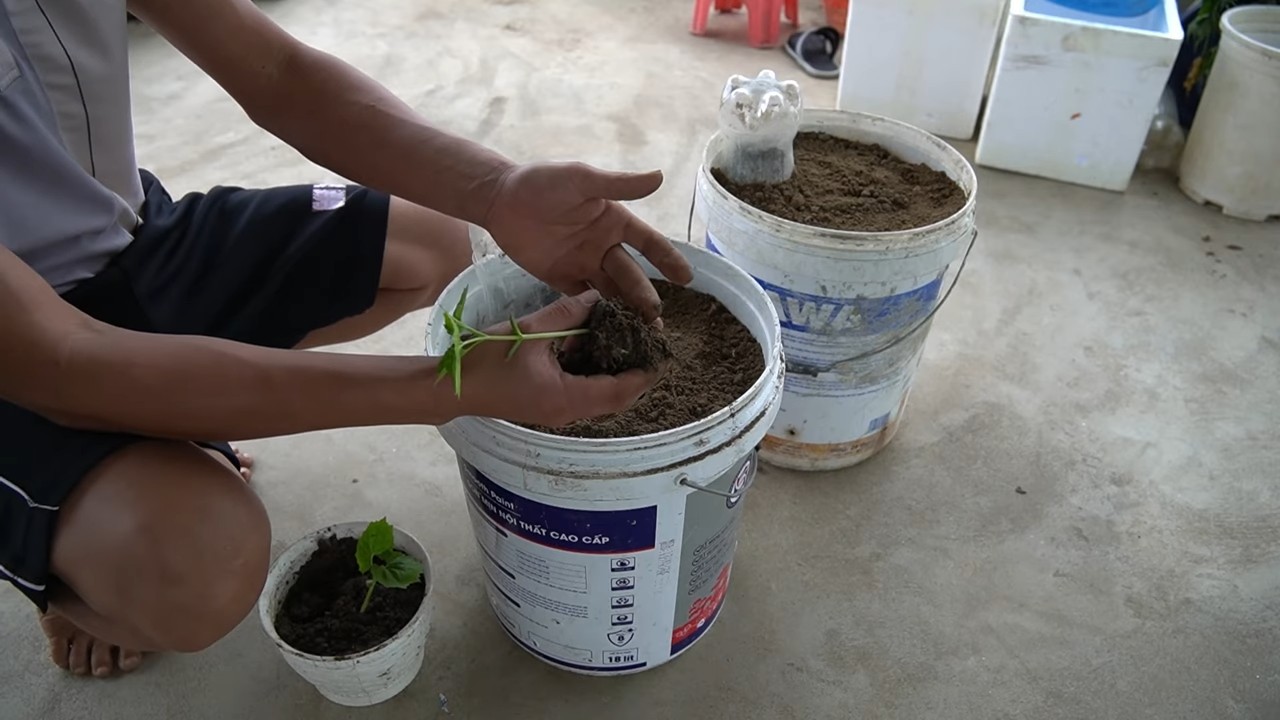
Conclusion
So, there you have it! Growing bitter melon in containers isn’t just a feasible alternative to traditional gardening; it’s a rewarding and accessible way to enjoy this unique and nutritious vegetable, even if you’re short on space. We’ve walked through the entire process, from selecting the right container and soil to providing the necessary support and care for your burgeoning vines. The benefits are undeniable: fresh, homegrown bitter melon right at your fingertips, the satisfaction of nurturing a plant from seed to harvest, and the ability to control the growing environment to optimize your yield.
But why is this DIY trick a must-try? Because it empowers you to cultivate a vegetable often overlooked due to its perceived difficulty. Container gardening demystifies the process, making it manageable and enjoyable for gardeners of all skill levels. It allows you to overcome challenges like poor soil quality or limited sunlight by creating a controlled environment tailored to the specific needs of bitter melon. Plus, the mobility of containers means you can chase the sun, protect your plants from unexpected frosts, and even bring them indoors during harsh weather.
Beyond the basic method, there’s plenty of room for experimentation and personalization. Consider these variations to enhance your bitter melon container gardening experience:
* Trellis Innovations: Instead of a standard trellis, try using repurposed materials like old ladders, bamboo poles, or even sturdy branches to create a unique and visually appealing support system.
* Companion Planting: Introduce companion plants like marigolds or basil to deter pests naturally and attract beneficial insects. These additions can also add beauty and diversity to your container garden.
* Fertilizer Blends: Experiment with different organic fertilizer blends to find the perfect nutrient balance for your bitter melon. Compost tea, fish emulsion, and bone meal are all excellent options.
* Variety Selection: Don’t limit yourself to just one type of bitter melon! Explore different varieties with varying shapes, sizes, and levels of bitterness to discover your personal favorite.
Ultimately, the success of your bitter melon container garden depends on your willingness to learn, adapt, and experiment. Don’t be afraid to make mistakes – they’re valuable learning opportunities. The most important thing is to get started and enjoy the process.
We wholeheartedly encourage you to try this DIY trick and experience the joy of growing your own bitter melon. The satisfaction of harvesting your first homegrown fruit is truly unparalleled. And once you’ve tasted the difference between store-bought and homegrown, you’ll be hooked!
So, grab a container, some seeds, and get ready to embark on your bitter melon container gardening adventure. We’re confident that you’ll be amazed by the results.
And now, we want to hear from you! Share your experiences, tips, and photos of your bitter melon container gardens in the comments below. Let’s build a community of passionate gardeners and learn from each other. What challenges did you face? What successes did you celebrate? What unique techniques did you discover? Your insights can help others succeed and inspire them to try this rewarding DIY project. Happy gardening!
Frequently Asked Questions (FAQ)
What is the ideal container size for growing bitter melon?
A container that is at least 12 inches in diameter and 12 inches deep is generally recommended for growing bitter melon. However, a larger container, such as a 15-20 gallon pot, is even better as it provides more room for the roots to grow and allows the plant to access more nutrients and water. This is especially important if you plan to grow multiple plants in the same container. Ensure the container has adequate drainage holes to prevent waterlogging, which can lead to root rot.
How often should I water my container-grown bitter melon?
Watering frequency depends on several factors, including the weather, the size of the container, and the type of soil you’re using. Generally, you should water your bitter melon plants deeply whenever the top inch of soil feels dry to the touch. During hot, dry weather, you may need to water them daily, while during cooler, wetter periods, you can reduce the frequency. Avoid overwatering, as this can lead to root rot. A good rule of thumb is to water thoroughly until water drains out of the bottom of the container.
What type of soil is best for bitter melon in containers?
Bitter melon thrives in well-draining, nutrient-rich soil. A good potting mix specifically formulated for vegetables is an excellent choice. You can also create your own mix by combining equal parts of garden soil, compost, and perlite or vermiculite. The compost provides essential nutrients, while the perlite or vermiculite improves drainage and aeration. Avoid using heavy clay soil, as it can become waterlogged and hinder root growth.
How much sunlight does bitter melon need?
Bitter melon requires at least 6-8 hours of direct sunlight per day to thrive. Choose a location for your container garden that receives ample sunlight throughout the day. If you live in a particularly hot climate, you may need to provide some afternoon shade to prevent the plants from overheating. If you don’t have access to enough natural sunlight, you can supplement with grow lights.
How do I provide support for my bitter melon vines?
Bitter melon is a climbing vine and needs a sturdy support structure to grow properly. A trellis, fence, or even a sturdy tomato cage can be used. The support should be at least 6-8 feet tall to accommodate the plant’s growth. As the vines grow, gently guide them onto the support and tie them loosely with twine or plant ties. This will help them climb and prevent them from falling over.
What are some common pests and diseases that affect bitter melon, and how can I control them?
Common pests that affect bitter melon include aphids, spider mites, and squash bugs. These pests can be controlled with insecticidal soap, neem oil, or by handpicking them off the plants. Diseases that can affect bitter melon include powdery mildew and fungal leaf spots. These diseases can be prevented by ensuring good air circulation, avoiding overhead watering, and applying a fungicide if necessary. Regularly inspect your plants for signs of pests or diseases and take action promptly to prevent them from spreading.
When and how should I fertilize my container-grown bitter melon?
Bitter melon is a heavy feeder and benefits from regular fertilization. Start fertilizing your plants about two weeks after transplanting them into the container. Use a balanced fertilizer (e.g., 10-10-10) or a fertilizer specifically formulated for vegetables. Follow the instructions on the fertilizer package for application rates. You can also supplement with organic fertilizers like compost tea or fish emulsion. Fertilize every 2-3 weeks throughout the growing season.
How long does it take for bitter melon to mature and be ready for harvest?
Bitter melon typically takes about 60-80 days from planting to harvest. The fruits are ready to harvest when they are still green and firm, before they turn yellow or orange. The exact size and shape of the fruit will vary depending on the variety. Use a sharp knife or pruning shears to cut the fruit from the vine, leaving a short stem attached.
Can I grow bitter melon from seeds saved from store-bought fruits?
While it’s possible to grow bitter melon from seeds saved from store-bought fruits, the results may be unpredictable. The fruits may be hybrids, meaning that the seeds may not produce plants that are true to type. Additionally, the seeds may not be viable or may carry diseases. For best results, it’s recommended to purchase seeds from a reputable source.
Is bitter melon container gardening suitable for beginners?
Yes! Bitter melon container gardening is an excellent option for beginners. It’s a relatively low-maintenance way to grow your own vegetables, and it allows you to control the growing environment more easily than traditional gardening. With a little bit of planning and care, you can successfully grow bitter melon in containers, even if you have no prior gardening experience. Just be sure to follow the tips and guidelines outlined in this article, and don’t be afraid to experiment and learn along the way.


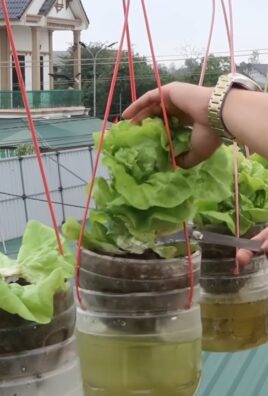
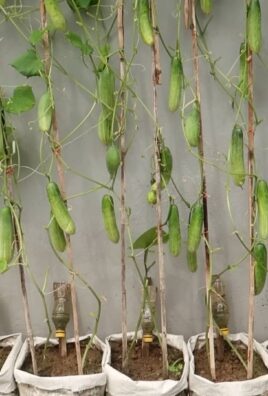
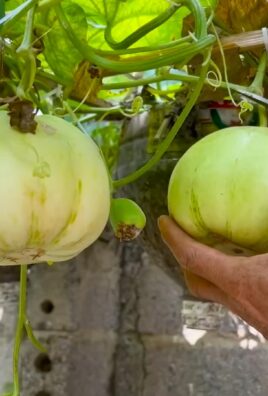
Leave a Comment